 Ian Williams, a veteran journalist and current President of the Foreign Press Association in New York, delivered a keynote presentation that critically examined the historical evolution and contemporary vulnerabilities of the journalistic profession. Drawing on more than four decades of experience, including war correspondence, UN coverage, and international investigative reporting, Williams provided a penetrating analysis of the ethical imperative of journalism in times of rising authoritarianism and institutional complicity. His remarks were marked by historical insight, and an unflinching commitment to truth-telling as both profession and moral stance.
Ian Williams, a veteran journalist and current President of the Foreign Press Association in New York, delivered a keynote presentation that critically examined the historical evolution and contemporary vulnerabilities of the journalistic profession. Drawing on more than four decades of experience, including war correspondence, UN coverage, and international investigative reporting, Williams provided a penetrating analysis of the ethical imperative of journalism in times of rising authoritarianism and institutional complicity. His remarks were marked by historical insight, and an unflinching commitment to truth-telling as both profession and moral stance.
Ian Williams began by emphasizing the importance of contextual storytelling over reductive fact-reporting. Rejecting the positivist mantra of “just the facts,” he argued that facts devoid of social, political, or historical context are not merely incomplete, they are dangerous. He cited examples from his own reporting during the Balkan Wars and the Cultural Revolution in China, warning against journalistic amnesia and superficial neutrality. Ian Williams highlighted the role of the Foreign Press Association in defending pluralism and dissent within media ecosystems, describing it as a rare space where contrarian views, including those from figures like John Bolton, are invited not to be endorsed but to be interrogated.
Importantly, Ian Williams foregrounded the precarious conditions under which freelance journalists operate, often financing their own reporting missions in conflict zones without institutional protections. These experiences underscored the growing erosion of due process and the normalization of ideological conformity in media landscapes. He warned participants, particularly those in the Global South, about the invisible forms of repression that masquerade as editorial neutrality or national interest. Williams concluded by calling on emerging journalists to reject the passive recording of events and instead embrace their roles as agents of historical transformation. “We are not just stenographers,” he stated. “We must bear witness, interrogate power, and amplify silenced voices.” His parting advice was anchored in a sense of responsibility and realism: while journalism is rarely lucrative or safe, it is foundational to democracy and collective memory. Ian Williams` keynote left a profound impact on participants, framing journalism not as a profession of spectatorship, but of active civic intervention.
 The second segment of the session featured an insightful joint presentation by two emerging young media professionals based in Germany: Saliha Nuran Yoldas and Huseyin Arif Bozabali, co-founders of the youth-led digital platforms NOK and VOYS. Their contribution brought a fresh generational perspective to the discussion, centered on the transformation of journalism in the age of social media, digital exile, and decentralized information flows. The speakers exemplified how young people today are not merely passive consumers of information but are also active producers of counter-narratives, responsive content, and grassroots media interventions.
The second segment of the session featured an insightful joint presentation by two emerging young media professionals based in Germany: Saliha Nuran Yoldas and Huseyin Arif Bozabali, co-founders of the youth-led digital platforms NOK and VOYS. Their contribution brought a fresh generational perspective to the discussion, centered on the transformation of journalism in the age of social media, digital exile, and decentralized information flows. The speakers exemplified how young people today are not merely passive consumers of information but are also active producers of counter-narratives, responsive content, and grassroots media interventions.
Nuran opened the segment with an overview of NOK Digital Media, a platform primarily targeting Turkish-speaking audience through Instagram. She explained that the platform, launched in September 2024, is composed of a 25-member volunteer team ranging in age from 16 to 26. Working remotely and collaboratively, the team produces daily videos, reels, and news-based visual content covering a broad spectrum of themes including lifestyle, art, politics, and current events. What distinguishes NOK, according to Nuran, is its foundational support from exiled Turkish journalists now residing in Germany, who have provided essential mentorship in media ethics, scriptwriting, production techniques, and diction training. This collaboration represents a unique model of intergenerational, cross-border knowledge transfer in exile—a theme deeply resonant for diasporic communities engaged in civic resistance and media creation.
Nuran underscored the strategic and technical dimensions of their work, noting that the team continuously monitors algorithmic trends and platform behaviors to maximize engagement. She observed that younger audiences, particularly those on TikTok and Instagram, have shorter attention spans and high expectations for visual dynamism. As a result, NOK has specialized in producing short, accessible, and visually engaging video content. Although currently working exclusively in Turkish, the team has plans to expand into English to increase its global reach. Their approach, while experimental and often shaped by rapid trial-and-error, reflects a new era of algorithm-conscious journalism that adapts journalistic values to the demands of viral media culture.
 Following Nuran, Huseyin provided a compelling account of their second initiative: VOYS, a digital platform launched in March 2025 to address a gap in daily news reporting among youth audiences. While NOK centers around thematic and cultural storytelling, VOYS responds to the need for timely, factual updates and critical news curation. Huseyin shared that the establishment of VOYS pushed the team to develop more structured workflows and editorial processes, requiring quicker turnaround times and more consistent content production schedules. Contrary to fears that VOYS might fragment the team, all members of NOK joined the VOYS initiative, reflecting a strong collective commitment to their broader vision of youth-driven, multilingual journalism.
Following Nuran, Huseyin provided a compelling account of their second initiative: VOYS, a digital platform launched in March 2025 to address a gap in daily news reporting among youth audiences. While NOK centers around thematic and cultural storytelling, VOYS responds to the need for timely, factual updates and critical news curation. Huseyin shared that the establishment of VOYS pushed the team to develop more structured workflows and editorial processes, requiring quicker turnaround times and more consistent content production schedules. Contrary to fears that VOYS might fragment the team, all members of NOK joined the VOYS initiative, reflecting a strong collective commitment to their broader vision of youth-driven, multilingual journalism.
Crucially, Huseyin framed their efforts as not simply digital entrepreneurship but as an act of civic resistance. He spoke about the need to make space for youth in the media, particularly those from migrant, refugee, and minority communities who often see themselves misrepresented or entirely excluded in national narratives. The group’s self-description as “the young version of the news” speaks not only to their demographic identity but also to their conceptual reimagining of journalism: flexible, fast, visual, and grounded in community relevance. Their content challenges traditional gatekeeping practices in journalism, instead privileging accessibility, peer collaboration, and direct audience engagement.
Together, Nuran and Huseyin offered a dynamic portrait of youth-led media production that is at once technologically adaptive, politically conscious, and community-rooted. Their work represents a critical node in the emerging ecosystem of diaspora journalism, where storytelling becomes both a method of public education and a form of cultural survival. Their presentation served as a testament to the power of grassroots innovation, the necessity of mentorship across borders, and the transformative potential of youth agency in reshaping media landscapes under democratic and authoritarian pressures alike.
 The fourth and final speaker, Shirin Taber, brought a deeply reflective, gender-conscious, and future-oriented lens to the session. As the Executive Director of Empower Women Media, Taber has spent decades at the intersection of media production, women’s rights advocacy, and interreligious peacebuilding. Drawing from both her professional experience and her personal heritage, being the daughter of an Iranian Muslim father and an American Christian mother, she articulated a powerful vision for storytelling as a tool of resistance, reconciliation, and systemic transformation. Her remarks offered a unique blend of media strategy, feminist theory, and peace diplomacy.
The fourth and final speaker, Shirin Taber, brought a deeply reflective, gender-conscious, and future-oriented lens to the session. As the Executive Director of Empower Women Media, Taber has spent decades at the intersection of media production, women’s rights advocacy, and interreligious peacebuilding. Drawing from both her professional experience and her personal heritage, being the daughter of an Iranian Muslim father and an American Christian mother, she articulated a powerful vision for storytelling as a tool of resistance, reconciliation, and systemic transformation. Her remarks offered a unique blend of media strategy, feminist theory, and peace diplomacy.
Taber opened by acknowledging the psychological and cultural fatigue that many global audiences experience in the face of overwhelming negative news. She argued that while critical journalism is essential, an exclusive focus on conflict, violence, and injustice can create emotional exhaustion, particularly among women and marginalized communities. In response, Empower Women Media intentionally adopts a “positive storytelling approach”, not to obscure structural injustices, but to engage audiences in a way that fosters hope, agency, and long-term civic commitment. Taber described this approach as “prophetic storytelling,” one that not only critiques the present but also envisions and prepares the ground for more equitable futures.
Through her organization, Taber has led numerous multimedia initiatives in conflict-prone and politically restrictive regions, including the Middle East, Pakistan, and Nigeria. These include short documentaries, media fellowships, film competitions, and regional leadership summits. One of her key assertions was that religious freedom and gender equality are deeply interlinked in many parts of the world. Women are often denied rights, such as education, mobility, or equal custody, not because of religion per se, but because of patriarchal interpretations institutionalized through legal and cultural mechanisms. Empower Women Media seeks to challenge these interpretations through dignified, artistic, and community-embedded storytelling. The organization’s films are used not only for public education but also in advocacy meetings, workshops, and interfaith convenings, where they act as catalysts for policy dialogue and social change.
A central component of Taber’s intervention was her emphasis on sustainability for independent media creators, particularly women and those operating in restrictive environments. She candidly advised young storytellers to adopt a dual-path strategy: combining flexible income streams, whether through freelance gigs, teaching, or sponsorships, with time-bound media production goals. She also encouraged participants to consider collaborations with ethical businesses and socially responsible organizations, which can provide financial backing without the constraints often associated with government grants or large institutional donors.
Moreover, Taber shared insights into her organization’s efforts to engage not just civil society but also government and diplomatic actors. While Empower Women Media does not accept state funding, it regularly invites ambassadors, policy advisors, and interfaith ministers to its events. In past convenings in Cairo and Dubai, she noted, even officials from traditionally conservative institutions praised the organization’s courage in addressing taboo subjects like religious liberty and women’s agency. These interactions underscore Taber’s approach to advocacy as constructive, relational, and bridge-building, not merely oppositional.
In closing, Taber issued an affirmation and a challenge to all participants: while the present era may feel restrictive and uncertain, authentic, values-driven storytelling remains one of the most powerful instruments for global change. She encouraged young journalists not to be deterred by lack of resources or institutional backing. Even with five to ten hours a week, she argued, meaningful content can be created, particularly when fueled by lived experience and ethical purpose. Her remarks framed the media not simply as a profession or a tool, but as a form of social imagination that allows marginalized voices to reshape dominant narratives and forge alternative futures.
 The Q&A and open discussion part of Session 5 brought forth a rich array of reflections and inquiries from participants across continents, highlighting the truly global and intersectional concerns of emerging and experienced journalists alike. The exchanges not only demonstrated the deep engagement of attendees with the session’s themes, but also illuminated the persistent tensions between freedom of expression, identity, and institutional constraints in media work.
The Q&A and open discussion part of Session 5 brought forth a rich array of reflections and inquiries from participants across continents, highlighting the truly global and intersectional concerns of emerging and experienced journalists alike. The exchanges not only demonstrated the deep engagement of attendees with the session’s themes, but also illuminated the persistent tensions between freedom of expression, identity, and institutional constraints in media work.
Navigating Censorship and Identity in Democratic Societies
A participant from Australia raised concerns about the increasing challenges faced by young journalists from marginalized backgrounds, particularly as a Muslim woman navigating a media environment that has grown hostile due to rising racist and sexist ideologies. The question addressed the dilemma of self-censorship and personal safety in democratic societies where legal protections may exist on paper but are inconsistently practiced. In response, speakers emphasized the importance of using strategic and nuanced storytelling that informs without alienating, and that frames complex realities in a way that invites reflection rather than provokes defensiveness. It was suggested that ethical journalism in such settings requires both resilience and rhetorical agility.
Youth Journalism and the Drive for Authentic Expression
A powerful question from a participant in Pakistan focused on the underlying motivation for young journalists to pursue media work, especially when they face limited institutional support and operate within digital or informal spaces. The youth speakers from Germany responded by sharing their dedication to becoming a “voice for the voiceless,” grounded in both personal encounters with political repression and a broader vision of inclusive, accessible journalism. They articulated how mentorship from exiled journalists and lived experience shaped their desire to tell underrepresented stories through engaging digital formats, and how this grassroots model of journalism allows for both civic impact and creative fulfillment.
Language Expansion and Audience Engagement in Europe
A participant from Germany inquired about the linguistic strategy of the youth-led platforms presented by the speakers. Specifically, the participant expressed interest in whether the teams would expand their Turkish-language content into German or English, particularly to reach broader local audiences in Europe. In response, the youth speakers acknowledged that English-language expansion was a current goal and that German content could follow. The discussion reflected a broader strategic concern among independent media producers: how to balance cultural specificity with linguistic accessibility in ways that preserve message clarity while maximizing impact across diasporic and host-country audiences.
Media Advocacy and Government Collaboration in the Global South
A participant from Nepal, now residing in Europe, raised a policy-focused question about whether civil society organizations working on media and women’s rights, such as Empower Women Media, actively collaborate with governments to shape legislative change or national-level strategies. The speaker clarified that while her organization does not seek government funding, opting instead for financial independence through private sponsorship and partnerships, it does actively engage governmental actors through diplomacy, shared forums, and media screenings. This approach allows for policy influence while retaining editorial and operational autonomy. Examples from the Middle East were cited, where ministers and ambassadors had participated in dialogue-oriented programs.
Support for Journalists in Conflict-Affected Contexts
A question from Ethiopia raised important concerns about the continuity of institutional support for journalists working in conflict zones or fragile democratic environments. The participant asked whether the webinar program would extend into sustained mentorship or professional development opportunities. In response, the organizers confirmed that the initiative was designed not as a one-off event but as the beginning of a long-term engagement. The platform will continue to provide access to resources, potential publication channels, and speaker opportunities through its alumni network, ensuring that participants can stay informed and connected as they navigate evolving media environments.
Reflections from Sub-Saharan Africa, South America, and South Asia
Participants from Bhutan, the Democratic Republic of the Congo, Nigeria, and Brazil contributed closing remarks expressing their appreciation for the webinar series. They emphasized how the speakers’ insights, particularly the personal reflections on ethical dilemmas and resilience in journalism, had reinvigorated their commitment to the profession. Many reflected on the session as not just educational but personally transformative, serving as a space where their experiences of repression, structural exclusion, or precarity were recognized and contextualized within a broader global struggle for press freedom and human rights.

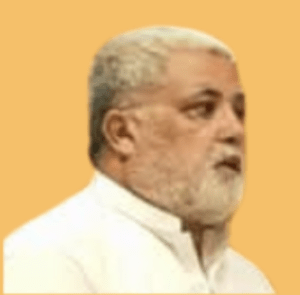 About the Author: Captain Umar Farooq, born in 1971 in Pakistan, is a retired officer of the Pakistan Army and a former member of the US Antiterrorism Department in Islamabad. He is also a published journalist, poet, and motivational speaker. His writings and speeches primarily focus on inspiring and empowering the youth of Pakistan.
About the Author: Captain Umar Farooq, born in 1971 in Pakistan, is a retired officer of the Pakistan Army and a former member of the US Antiterrorism Department in Islamabad. He is also a published journalist, poet, and motivational speaker. His writings and speeches primarily focus on inspiring and empowering the youth of Pakistan.
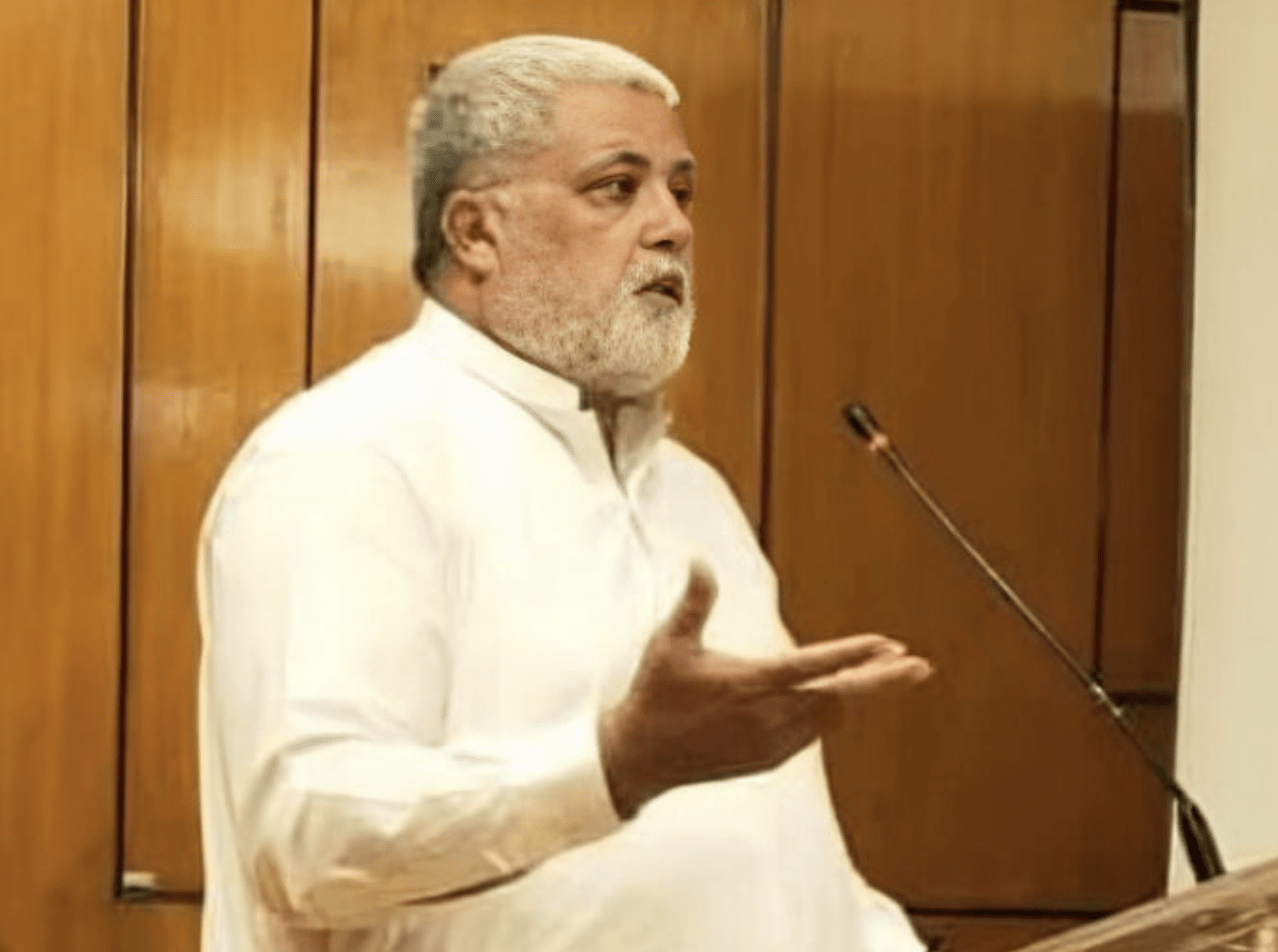
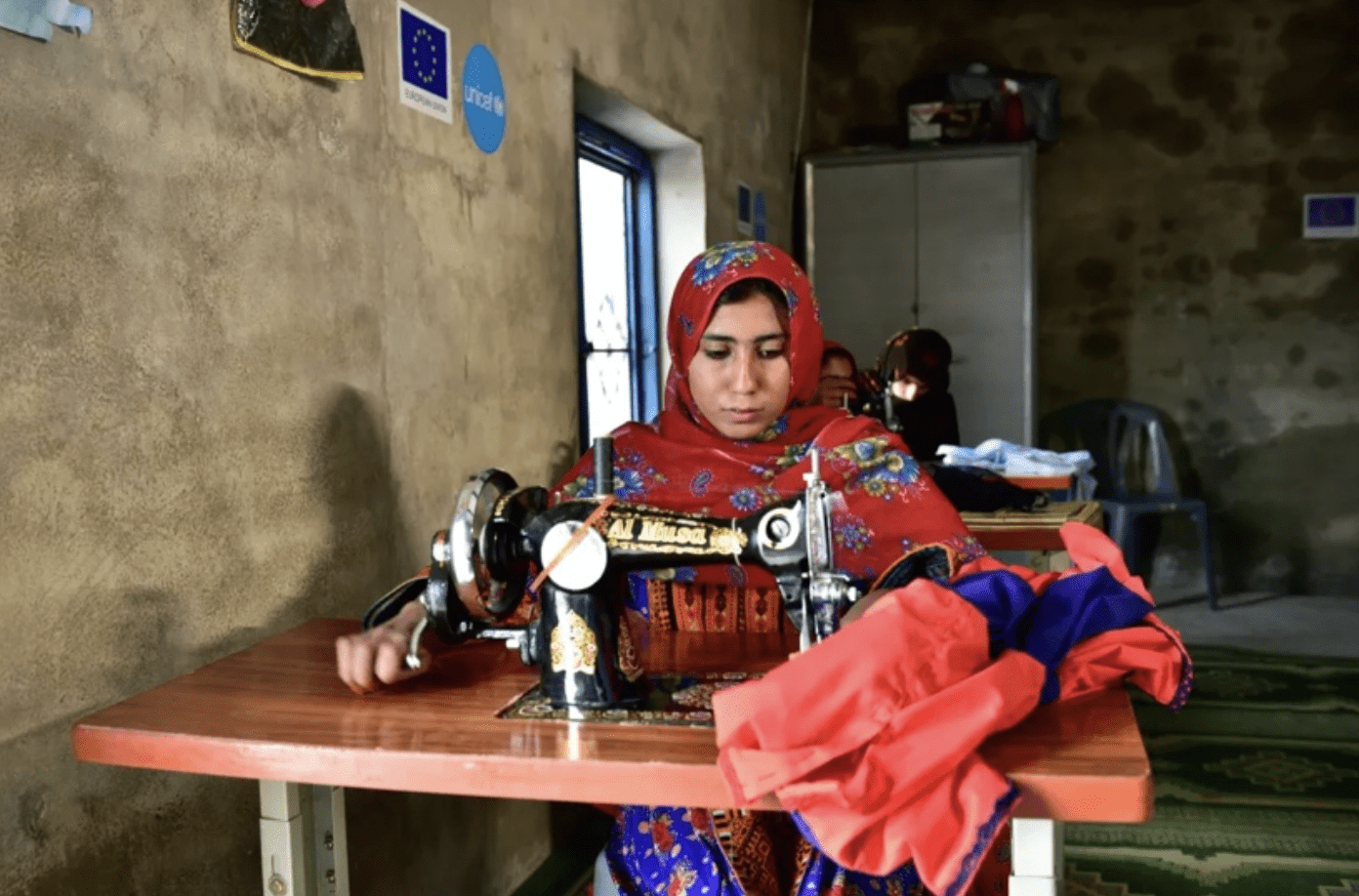
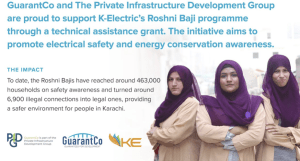 In Lahore, another group of women is taking on the streets—on two wheels. The Women on Wheels (WOW) program teaches women how to ride motorcycles, giving them the freedom to travel without depending on a male relative. Ghania, a college student, says learning to ride changed her life. “Before, I used to miss classes if my brother was busy. Now I can go anywhere. I feel free.”
In Lahore, another group of women is taking on the streets—on two wheels. The Women on Wheels (WOW) program teaches women how to ride motorcycles, giving them the freedom to travel without depending on a male relative. Ghania, a college student, says learning to ride changed her life. “Before, I used to miss classes if my brother was busy. Now I can go anywhere. I feel free.”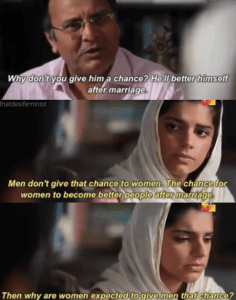
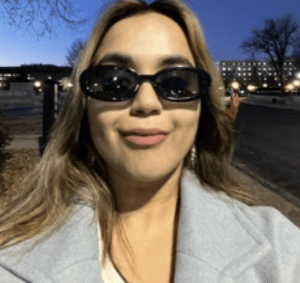

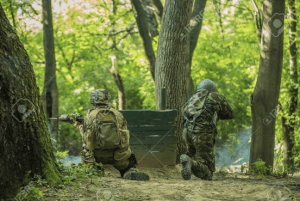
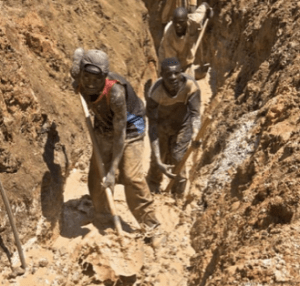 s the Congolese Government Becoming More Attentive?
s the Congolese Government Becoming More Attentive?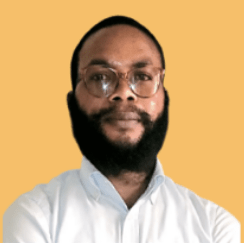
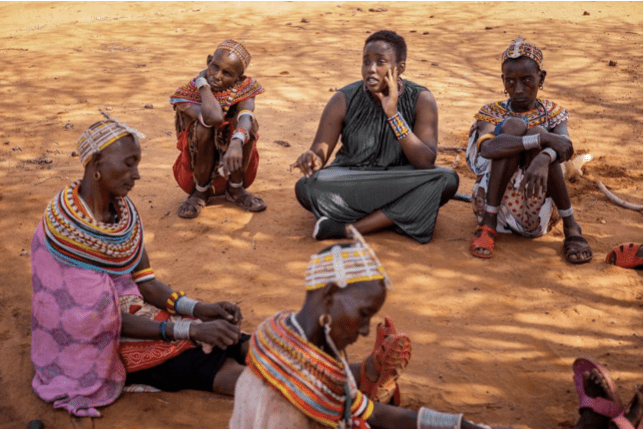
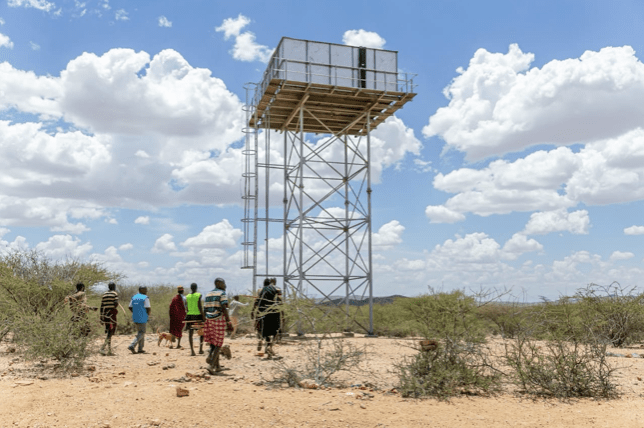
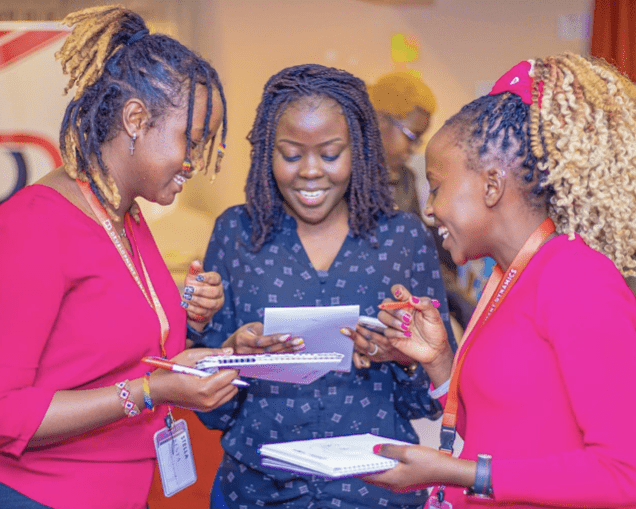
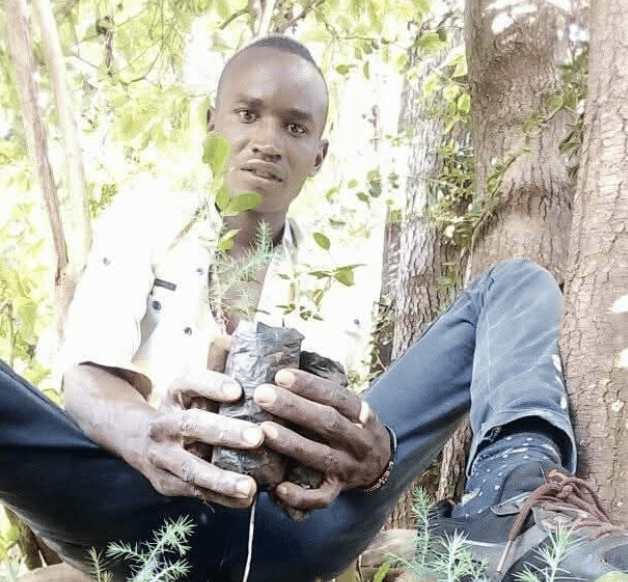
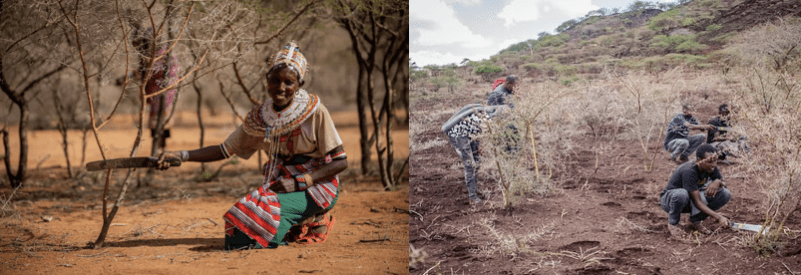
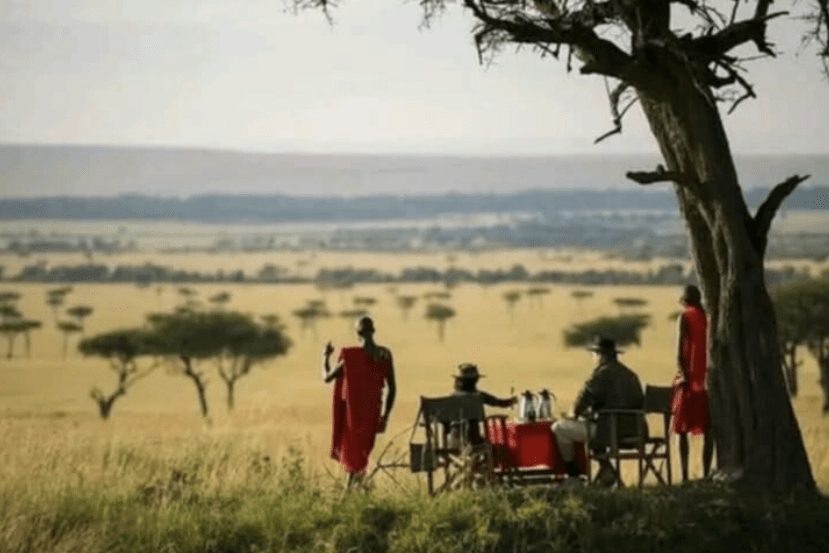
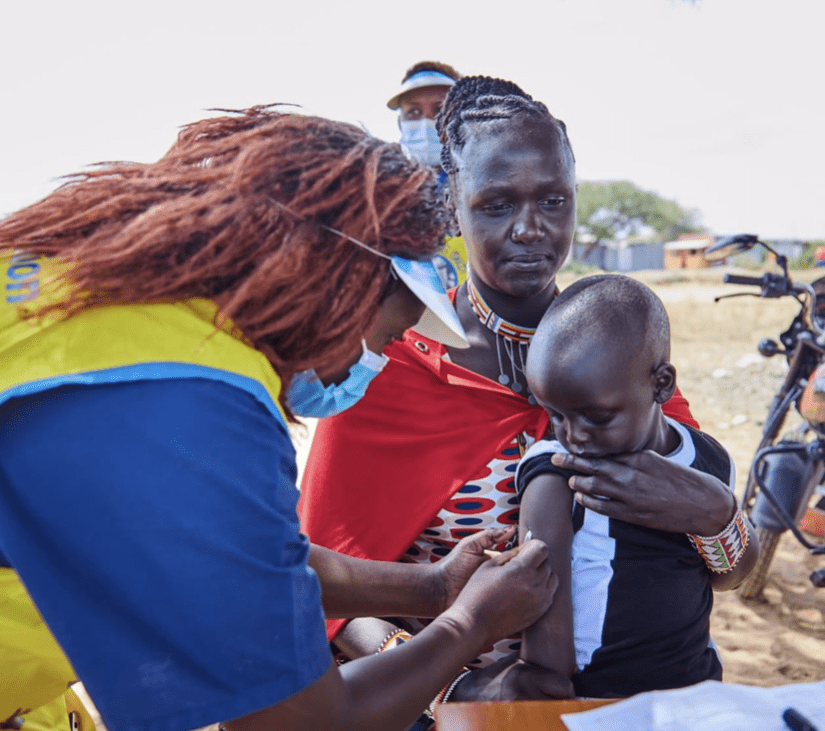
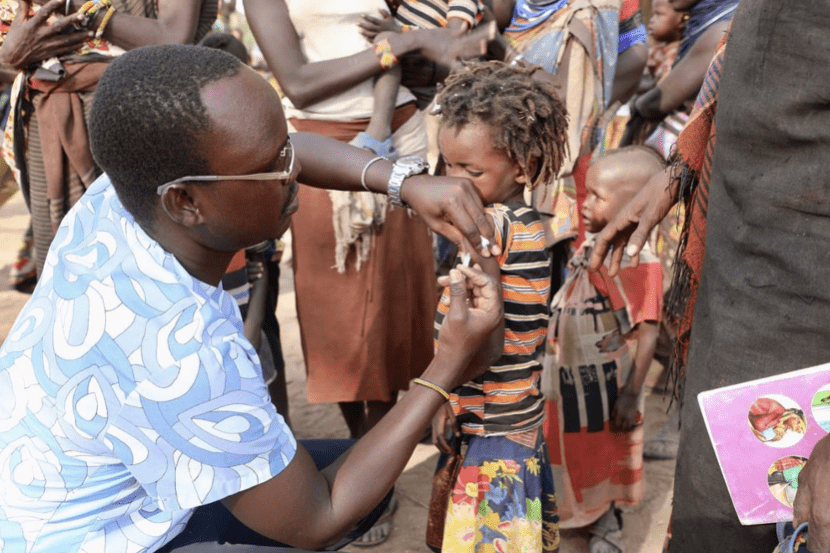
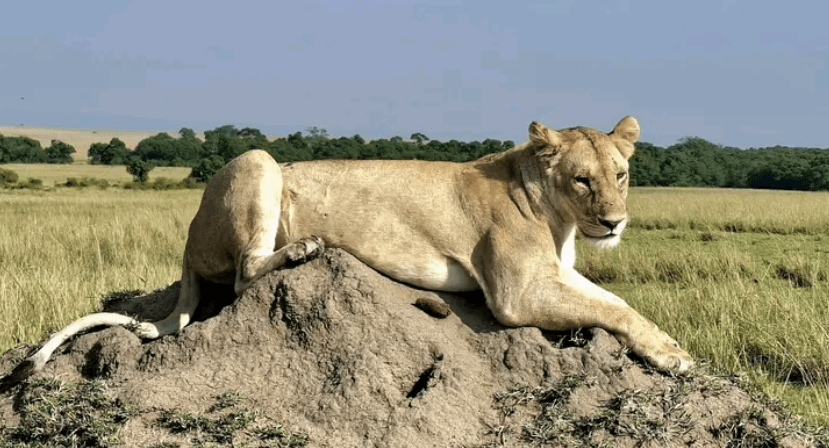
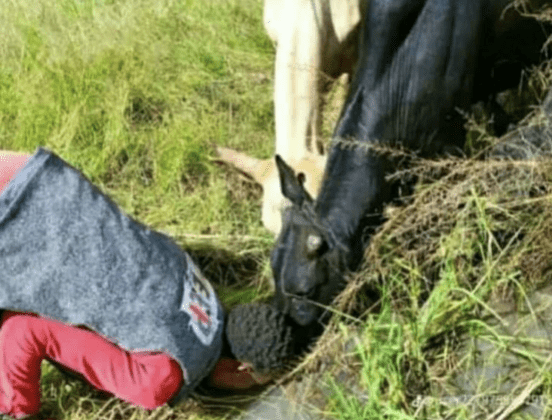
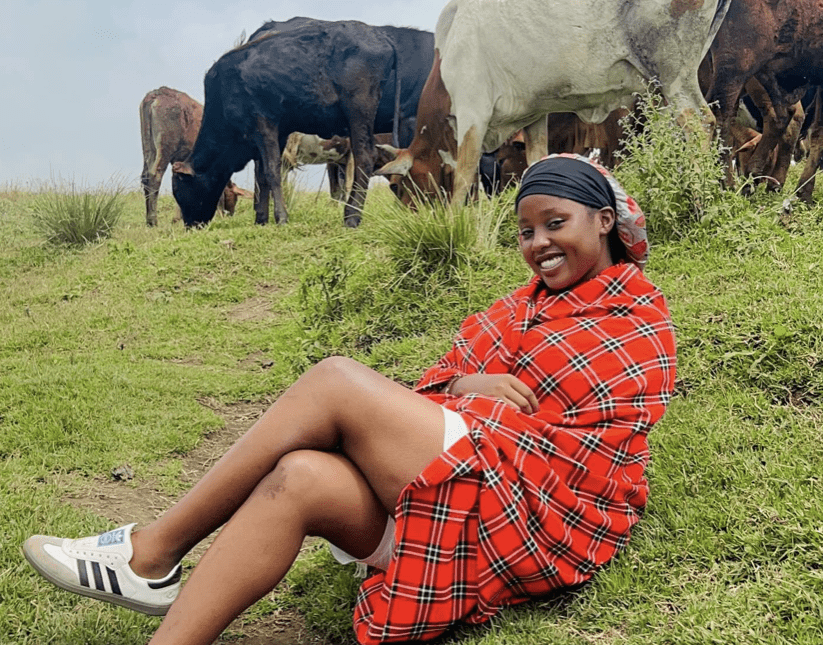
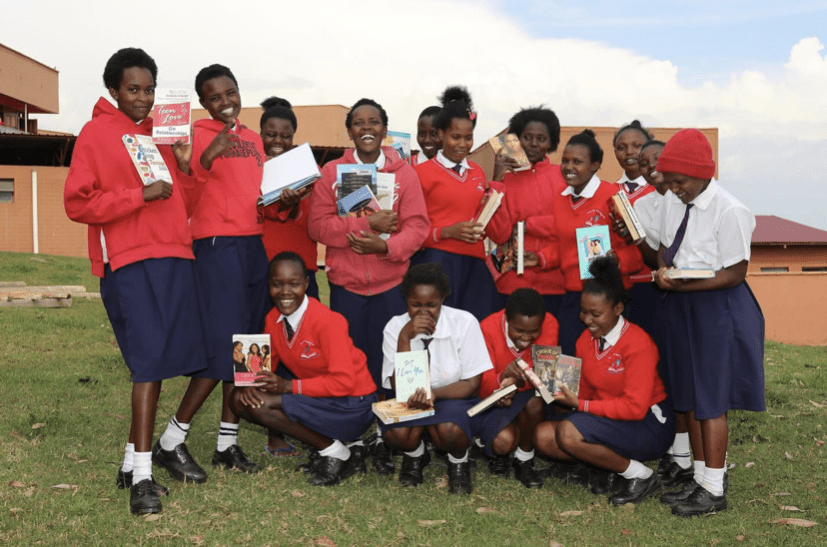
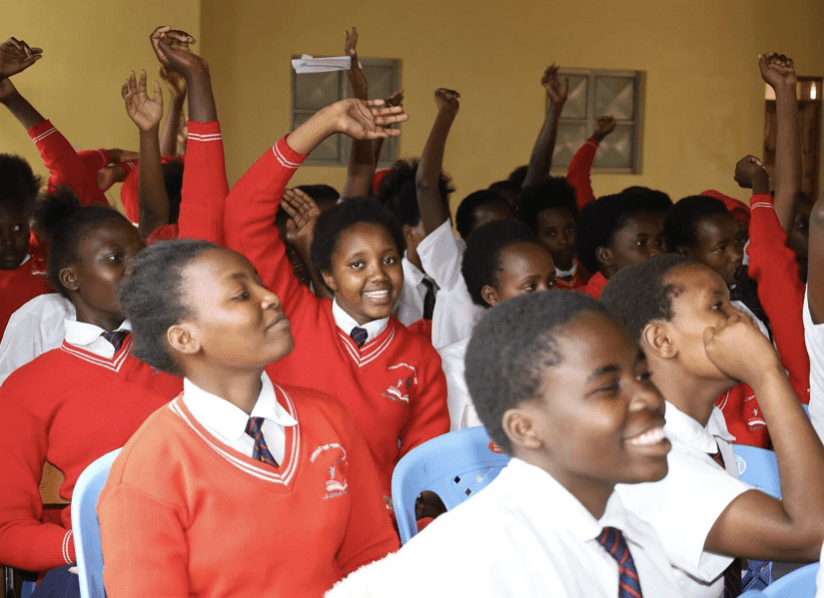
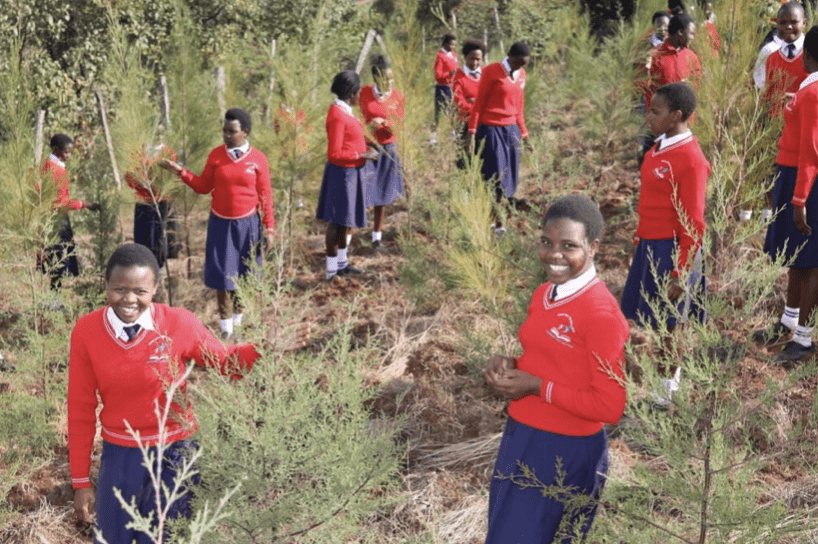
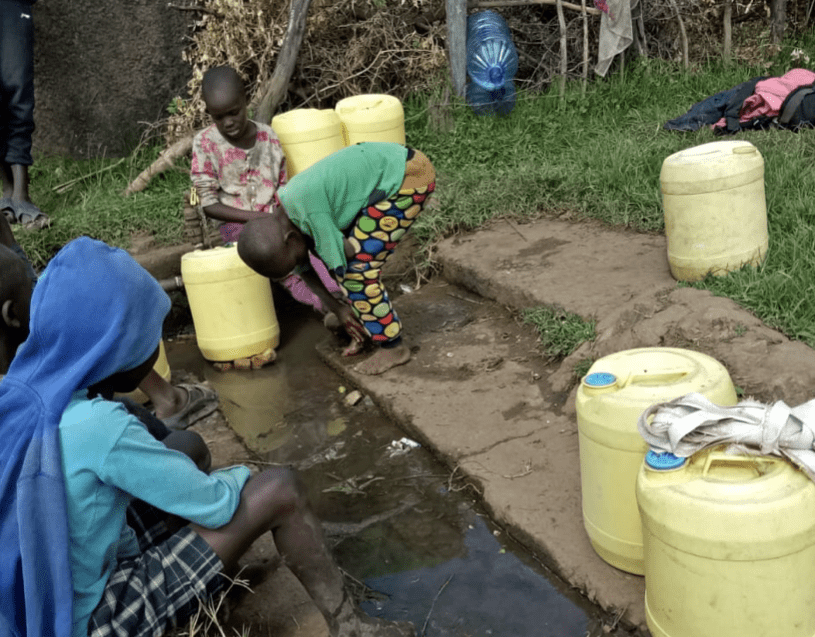
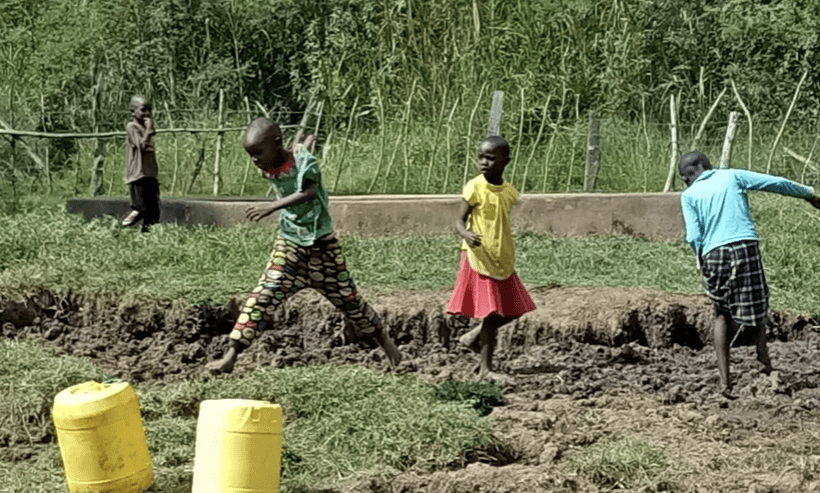
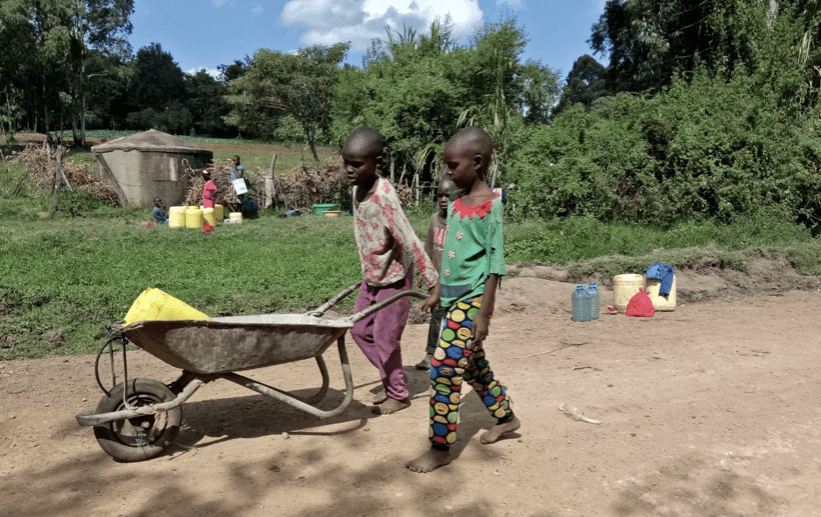
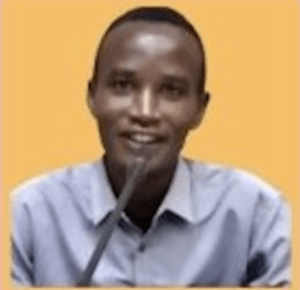 A
A
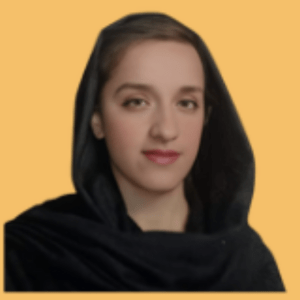


 Joel Enríquez Sánchez is a member of the
Joel Enríquez Sánchez is a member of the 


















 Ian Williams, a veteran journalist and current President of the Foreign Press Association in New York, delivered a keynote presentation that critically examined the historical evolution and contemporary vulnerabilities of the journalistic profession. Drawing on more than four decades of experience, including war correspondence, UN coverage, and international investigative reporting, Williams provided a penetrating analysis of the ethical imperative of journalism in times of rising authoritarianism and institutional complicity. His remarks were marked by historical insight, and an unflinching commitment to truth-telling as both profession and moral stance.
Ian Williams, a veteran journalist and current President of the Foreign Press Association in New York, delivered a keynote presentation that critically examined the historical evolution and contemporary vulnerabilities of the journalistic profession. Drawing on more than four decades of experience, including war correspondence, UN coverage, and international investigative reporting, Williams provided a penetrating analysis of the ethical imperative of journalism in times of rising authoritarianism and institutional complicity. His remarks were marked by historical insight, and an unflinching commitment to truth-telling as both profession and moral stance. The second segment of the session featured an insightful joint presentation by two emerging young media professionals based in Germany: Saliha Nuran Yoldas and Huseyin Arif Bozabali, co-founders of the youth-led digital platforms NOK and VOYS. Their contribution brought a fresh generational perspective to the discussion, centered on the transformation of journalism in the age of social media, digital exile, and decentralized information flows. The speakers exemplified how young people today are not merely passive consumers of information but are also active producers of counter-narratives, responsive content, and grassroots media interventions.
The second segment of the session featured an insightful joint presentation by two emerging young media professionals based in Germany: Saliha Nuran Yoldas and Huseyin Arif Bozabali, co-founders of the youth-led digital platforms NOK and VOYS. Their contribution brought a fresh generational perspective to the discussion, centered on the transformation of journalism in the age of social media, digital exile, and decentralized information flows. The speakers exemplified how young people today are not merely passive consumers of information but are also active producers of counter-narratives, responsive content, and grassroots media interventions. Following Nuran, Huseyin provided a compelling account of their second initiative: VOYS, a digital platform launched in March 2025 to address a gap in daily news reporting among youth audiences. While NOK centers around thematic and cultural storytelling, VOYS responds to the need for timely, factual updates and critical news curation. Huseyin shared that the establishment of VOYS pushed the team to develop more structured workflows and editorial processes, requiring quicker turnaround times and more consistent content production schedules. Contrary to fears that VOYS might fragment the team, all members of NOK joined the VOYS initiative, reflecting a strong collective commitment to their broader vision of youth-driven, multilingual journalism.
Following Nuran, Huseyin provided a compelling account of their second initiative: VOYS, a digital platform launched in March 2025 to address a gap in daily news reporting among youth audiences. While NOK centers around thematic and cultural storytelling, VOYS responds to the need for timely, factual updates and critical news curation. Huseyin shared that the establishment of VOYS pushed the team to develop more structured workflows and editorial processes, requiring quicker turnaround times and more consistent content production schedules. Contrary to fears that VOYS might fragment the team, all members of NOK joined the VOYS initiative, reflecting a strong collective commitment to their broader vision of youth-driven, multilingual journalism. The fourth and final speaker, Shirin Taber, brought a deeply reflective, gender-conscious, and future-oriented lens to the session. As the Executive Director of Empower Women Media, Taber has spent decades at the intersection of media production, women’s rights advocacy, and interreligious peacebuilding. Drawing from both her professional experience and her personal heritage, being the daughter of an Iranian Muslim father and an American Christian mother, she articulated a powerful vision for storytelling as a tool of resistance, reconciliation, and systemic transformation. Her remarks offered a unique blend of media strategy, feminist theory, and peace diplomacy.
The fourth and final speaker, Shirin Taber, brought a deeply reflective, gender-conscious, and future-oriented lens to the session. As the Executive Director of Empower Women Media, Taber has spent decades at the intersection of media production, women’s rights advocacy, and interreligious peacebuilding. Drawing from both her professional experience and her personal heritage, being the daughter of an Iranian Muslim father and an American Christian mother, she articulated a powerful vision for storytelling as a tool of resistance, reconciliation, and systemic transformation. Her remarks offered a unique blend of media strategy, feminist theory, and peace diplomacy. The Q&A and open discussion part of Session 5 brought forth a rich array of reflections and inquiries from participants across continents, highlighting the truly global and intersectional concerns of emerging and experienced journalists alike. The exchanges not only demonstrated the deep engagement of attendees with the session’s themes, but also illuminated the persistent tensions between freedom of expression, identity, and institutional constraints in media work.
The Q&A and open discussion part of Session 5 brought forth a rich array of reflections and inquiries from participants across continents, highlighting the truly global and intersectional concerns of emerging and experienced journalists alike. The exchanges not only demonstrated the deep engagement of attendees with the session’s themes, but also illuminated the persistent tensions between freedom of expression, identity, and institutional constraints in media work.


 Berta Valle: Navigating Journalism Under Authoritarian Repression and Exile
Berta Valle: Navigating Journalism Under Authoritarian Repression and Exile Nilofar Moradi: Displacement and Dispossession in the Afghan Media Landscape
Nilofar Moradi: Displacement and Dispossession in the Afghan Media Landscape Joyce M. Davis: Press Freedom and the Ethical Reclaiming of Journalism
Joyce M. Davis: Press Freedom and the Ethical Reclaiming of Journalism


 The first speaker, Noura Al-Jizawi, brought deep insight rooted in both personal resilience and academic rigor. Currently a Senior Researcher at the Citizen Lab, University of Toronto based in Canada, Noura began her journey as a Syrian student activist, imprisoned and tortured for her role in peaceful resistance during the Syrian uprising. Forced into exile, she later redefined her role as a digital security advocate, documenting and analyzing the very surveillance systems she had once been a victim of. She began by stating, “I didn’t choose to become a technologist, I became one out of necessity,” reminding the audience that digital expertise in repressive contexts often emerges from survival, not privilege.
The first speaker, Noura Al-Jizawi, brought deep insight rooted in both personal resilience and academic rigor. Currently a Senior Researcher at the Citizen Lab, University of Toronto based in Canada, Noura began her journey as a Syrian student activist, imprisoned and tortured for her role in peaceful resistance during the Syrian uprising. Forced into exile, she later redefined her role as a digital security advocate, documenting and analyzing the very surveillance systems she had once been a victim of. She began by stating, “I didn’t choose to become a technologist, I became one out of necessity,” reminding the audience that digital expertise in repressive contexts often emerges from survival, not privilege. Se Hoon Kim recounted how reporting critically on U.S. foreign policy, particularly in East and South Asia, can often lead to implicit pushback. At times, journalists are warned not to jeopardize relationships with allied governments. In other moments, racial bias affects credibility or gatekeeping within mainstream media. “Even in D.C., the politics of access can determine what gets published and what gets shelved,” he said.
Se Hoon Kim recounted how reporting critically on U.S. foreign policy, particularly in East and South Asia, can often lead to implicit pushback. At times, journalists are warned not to jeopardize relationships with allied governments. In other moments, racial bias affects credibility or gatekeeping within mainstream media. “Even in D.C., the politics of access can determine what gets published and what gets shelved,” he said. Participants also voiced concern over Interpol misuse, border restrictions, and diplomatic coercion. These tools, while bureaucratic on paper, become instruments of transnational suppression in practice. One attendee shared the story of a journalist unable to travel due to a politically motivated “red notice.” Another described how content takedown requests from authoritarian governments were honored by global platforms, effectively erasing dissent.
Participants also voiced concern over Interpol misuse, border restrictions, and diplomatic coercion. These tools, while bureaucratic on paper, become instruments of transnational suppression in practice. One attendee shared the story of a journalist unable to travel due to a politically motivated “red notice.” Another described how content takedown requests from authoritarian governments were honored by global platforms, effectively erasing dissent.